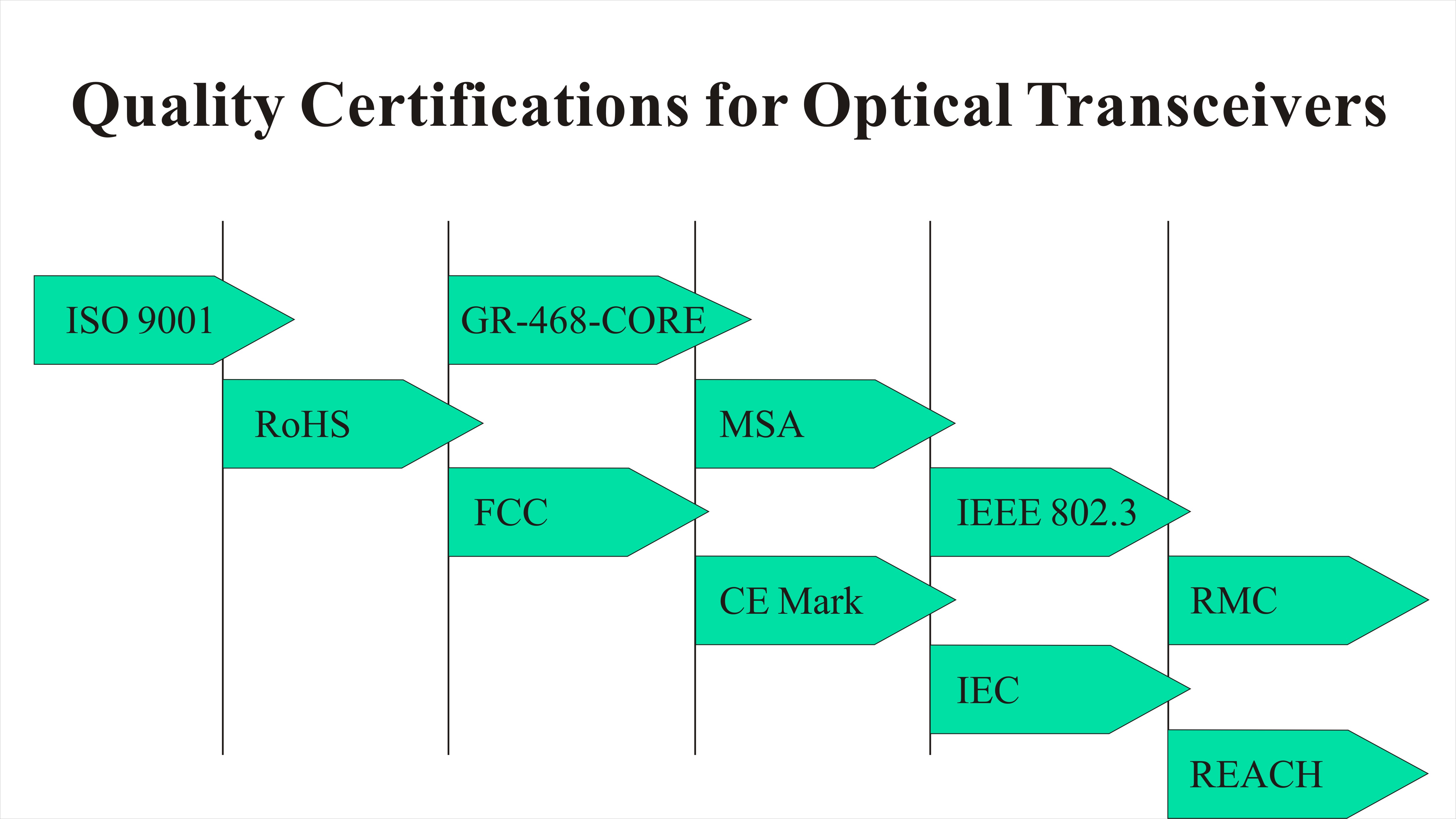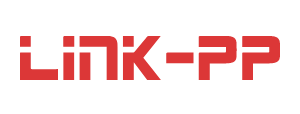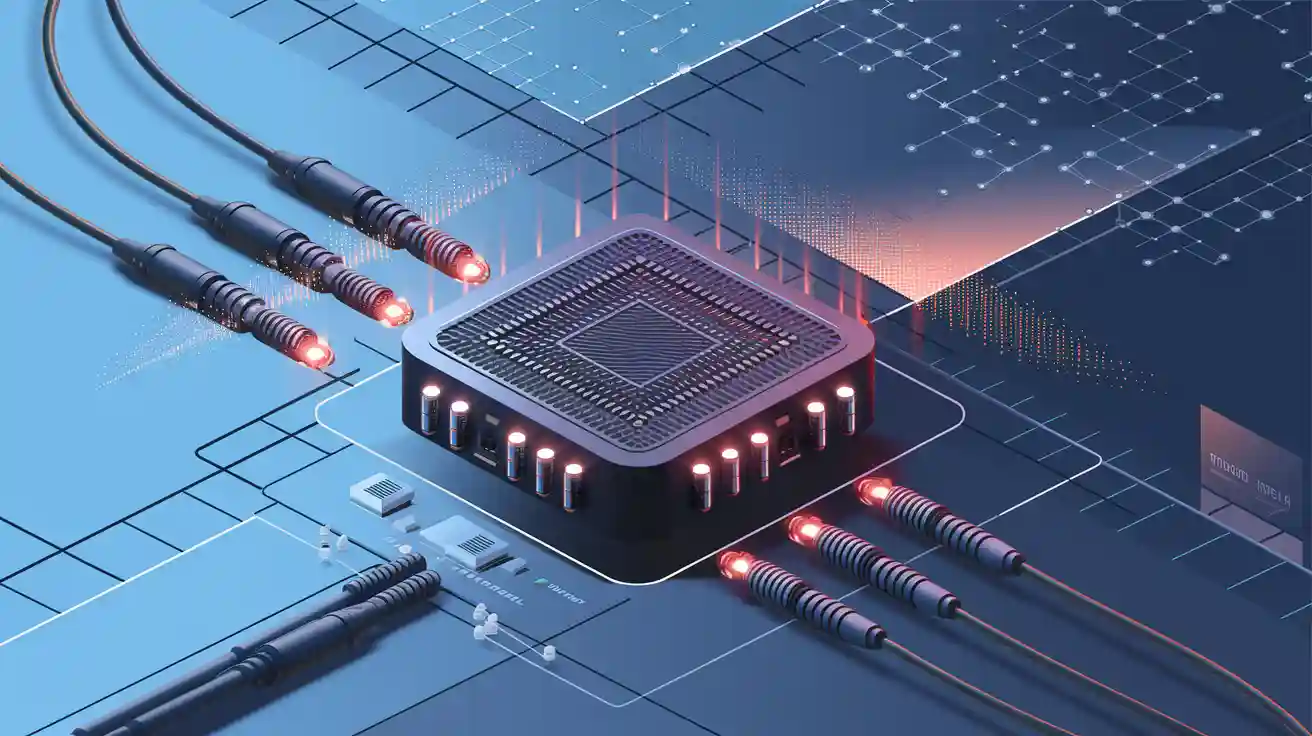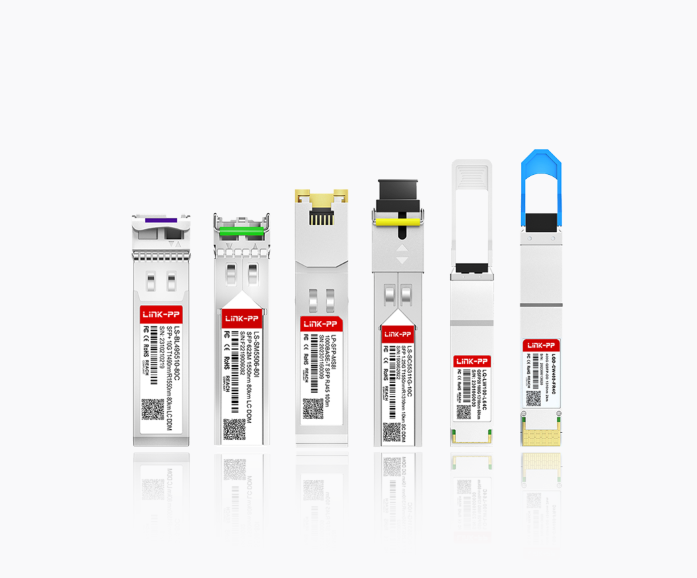
In today’s hyper-connected world, optical transceivers serve as the backbone of high-speed data transmission. Whether for data centers, telecom networks, or enterprise solutions, the performance of these components directly impacts system efficiency. However, not all optical transceivers are created equal. Quality certifications play a pivotal role in ensuring reliability, interoperability, and compliance. In this article, we explore key certifications for optical modules and why they matter, with insights into how LINK-PP adhere to these standards.
Key Takeaways
Quality certifications prove optical transceivers are reliable and work well. They are a smart pick for your network.
ISO 9001:2015 certification helps makers keep quality high. This means fewer mistakes and happier customers.
Picking RoHS-certified transceivers helps the environment by avoiding harmful materials. It also follows global rules.
Buying certified optical transceivers can save money over time. They lower failure risks and cut down on repair costs.
Always check for certifications like FCC and CE marks. These show your transceivers are safe and perform properly.
Why Quality Certifications Are Critical for Optical Transceivers
Certifications for optical transceivers validate performance, safety, and environmental compliance. They ensure modules meet global standards for interoperability, durability, and sustainability. For businesses, certified transceivers reduce network downtime, simplify vendor compatibility, and align with corporate responsibility goals.

Essential Certifications for Optical Transceiver Modules
Below are the most critical certifications and standards governing optical transceiver design, production, and performance.
1. Regulatory Compliance Certifications
These certifications ensure modules meet regional safety, electromagnetic, and environmental standards.
Certification | Issuing Body | Key Requirements | Importance |
|---|---|---|---|
CE Mark | European Union | Compliance with EU health, safety, and environmental directives. | Mandatory for sales in the European Economic Area (EEA). |
FCC Part 15 | U.S. Federal Communications Commission | Limits electromagnetic interference (EMI) to avoid disrupting nearby devices. | Required for U.S. market access. |
RCM | Australia/New Zealand Regulatory Authorities | Combines EMC (AS/NZS CISPR 32) and radio communications compliance (if applicable). | Mandatory for products sold in Australia and New Zealand. |
RoHS | European Union | Restricts hazardous substances (e.g., lead, mercury) in manufacturing. | Promotes eco-friendly production. |
REACH | European Union | Ensures safe use of chemicals in production processes. | Protects human health and the environment. |
2. Quality Management Systems (QMS)
Certifications like ISO 9001 ensure consistent manufacturing quality.
ISO 9001: Certifies that a manufacturer’s QMS meets international standards for product consistency, customer satisfaction, and continuous improvement.
LINK-PP’s optical transceivers are produced in ISO 9001-certified facilities, ensuring reliable performance across batches.
3. Performance & Reliability Testing
These certifications validate optical and electrical performance under stress.
Standard | Focus Area | Key Tests |
|---|---|---|
Telcordia GR-468-CORE | Reliability | Temperature cycling (-40°C to 85°C), humidity resistance, mechanical shock. |
IEC 61280-2 | Optical Power | Measures transmitter output and receiver sensitivity. |
IEEE 802.3 | Ethernet Compliance | Ensures compatibility with Ethernet protocols (e.g., 10G, 100G, 400G). |
For example, LINK-PP’s LS-SM3110-10C undergo IEEE 802.3ae testing to guarantee compatibility with Ethernet protocols.
4. Interoperability Standards
Multi-Source Agreements (MSAs) ensure cross-vendor compatibility:
MSA Compliance: Defines mechanical, electrical, and thermal specifications for form factors like SFP+, QSFP28, and OSFP.
IEEE 802.3: Governs Ethernet standards, ensuring seamless integration with switches and routers.
Brands like LINK-PP rigorously adhere to MSAs, enabling their optical transceivers to work with Cisco, Juniper, and Arista hardware.
How Certifications Impact Optical Transceiver Performance
1. Enhanced Durability
Certifications like GR-468-CORE ensure modules withstand extreme temperatures, vibration, and humidity. This is critical for industrial or outdoor deployments.
2. Reduced Network Downtime
ISO 9001 and MSA compliance minimize defects and compatibility issues, ensuring plug-and-play functionality.
3. Regulatory Market Access
Without CE Mark or FCC Part 15 certification, optical transceivers cannot be legally sold in the EU or U.S.
4. Sustainability Alignment
RoHS and REACH certifications help enterprises meet ESG (Environmental, Social, Governance) goals by reducing hazardous waste.
Choosing Certified Optical Transceivers: Best Practices
1. Verify Certifications on Product Documentation
Always check datasheets for logos like CE, FCC, RoHS, and MSA compliance statements.
2. Prioritize MSA-Compliant Modules
For example, LINK-PP’s 100G QSFP28 transceivers LQ-LW100-LR4C meet QSFP28 MSA guidelines, ensuring compatibility with major switch brands.
3. Partner with Reputable Suppliers
Trusted manufacturers like LINK-PP provide full certification reports and warranties, reducing procurement risks.
LINK-PP: Your Partner for Certified Optical Transceiver Solutions

LINK-PP specializes in high-performance optical transceiver modules that meet global certifications, including:
ISO 9001: Rigorous quality control processes.
RoHS/REACH: Eco-friendly manufacturing.
MSA & IEEE 802.3: Guaranteed interoperability.
RCM Certification: Compliance with Australian and New Zealand regulatory standards.
Whether deploying 10G SFP+ modules for enterprise networks or 400G OSFP transceivers for data centers, LINK-PP ensures compliance without compromising speed or reliability.
Final Thoughts
From ISO 9001 to MSA compliance, quality certifications are non-negotiable for ensuring optical transceiver reliability, performance, and market legality. By partnering with certified suppliers like LINK-PP, businesses can future-proof their networks while adhering to environmental and safety standards.
Looking for certified optical transceivers? Explore LINK-PP’s industry-compliant solutions today.
FAQ
1. Why are certifications important for optical transceivers?
Certifications ensure optical transceivers meet industry standards for reliability, performance, and safety. They validate the product’s quality and compliance, helping you avoid risks like network failures or legal issues.
2. How can I identify certified optical transceivers?
Look for certifications like ISO 9001:2015, RoHS, CE marking, or FCC compliance on product labels or documentation. These marks confirm the transceiver meets strict quality and regulatory standards.
3. Do certified transceivers cost more than generic ones?
Certified transceivers may have a higher upfront cost. However, their reliability and durability reduce long-term expenses by minimizing replacements, downtime, and maintenance.
4. What happens if I use uncertified transceivers?
Uncertified transceivers can cause compatibility issues, signal disruptions, or network failures. They lack rigorous testing, increasing the risk of defects and performance inconsistencies.
5. Are certifications required for all regions?
Certifications like FCC compliance apply to the U.S., while CE marking is essential in Europe. Regional certifications like RCM are mandatory for Australia and New Zealand. Always check local requirements before purchasing.
See Also
The Importance of Digital Monitoring in Optical Transceivers




